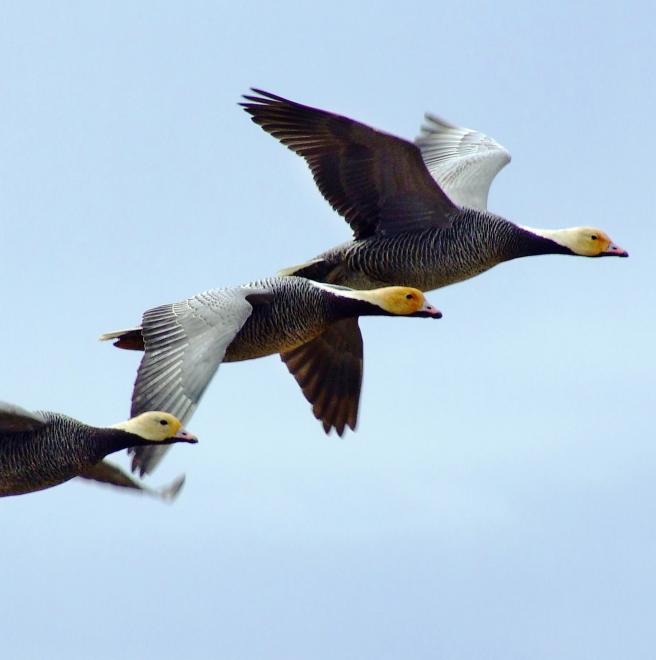

This handsome species lives on cold, Pacific coastlines. In the U.S., it mostly breeds on uninhabited coastal marshes and tundra in western Alaska, so there are no breeding data. Audubon’s climate model predicts a significant shift and reduction in winter climate space, with only 3% of the current winter range remaining stable by 2080. Most individuals currently winter on the rocky shores of the Aleutian Islands, but many may shift to spend the winter further north near their current breeding range. That may make the species’ irregular incursions to the West Coast—celebrated by birders—somewhat less frequent.
Explore more birds threatened by climate change around the country.





















It's easier than you think to make a difference. Become an Audubon member today to help birds facing climate change.